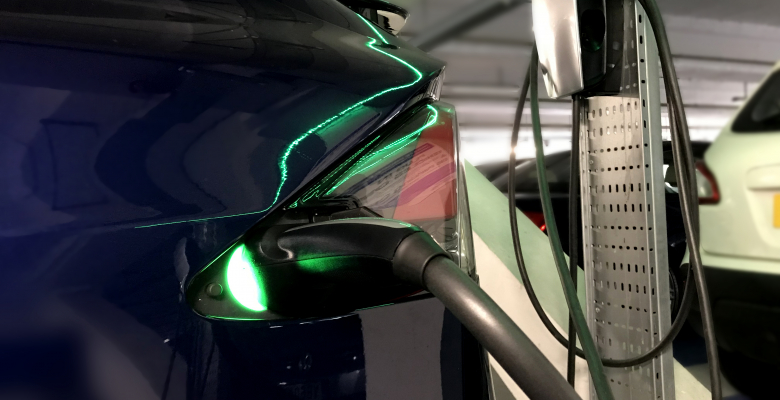How CitiPark's green initiatives are helping to combat air pollution across UK

Leading car parking operator CitiPark’s green initiatives are helping to combat air pollution across UK
In a recent report, the World Health Organisation (WHO) revealed a list of the UK’s most polluted towns and cities, with the air in 44 out of 51 British towns and cities having failed pollution tests for fine sooty particles smaller than 2.5 microns across, thus posing a real threat to human health.
The particles, known as PM2.5s, have been linked to heart disease and premature death and they should not exceed 10 micrograms per cubic metre of air, according to WHO. A significant number of cities exceed the amount required to keep air safe, with Leeds and London appearing 4th and 5th respectively on the list.
However, CitiPark, one of the leading car park operators in the UK, has already put in place a number of green initiatives designed to help combat air pollution and minimise the carbon footprint in both cities.
The company recently became the first to announce a new parking tariff based on the emissions of the customer vehicles parking at its Clipstone Street branch in London’s Congestion Zone.
Central London parking has become a lot more attractive for those driving Hybrid, Electric or Low-Emission vehicles, as the tech-savvy operator is able to assess vehicle emissions upon entry to the car park and charge accordingly. Vehicle emission checks are performed using advanced software developed by CitiPark. Those vehicles omitting less than or equal to 75g/km of CO2 now qualify for the new ‘green tariff’, which is discounted automatically by as much as 20%, compared to the regular tariff.
London in particular has been at the centre of the air pollution debate for a while, firstly with the introduction of the Congestion Charge Zone in 2003 and more recently, the ‘T-charge’, which is an extra fee now paid by owners of older, more polluting vehicles when driving in Central London.
The Emission-based tariff by CitiPark supports the same principles as the ‘T-charge’ levy, both hoping to combat air pollution and other harmful environmental effects by rewarding drivers who opt for lower emission or electric vehicles.
Another air pollution combating initiative introduced recently by CitiPark is the availability of EV Charging across the CitiPark branch network.
CitiPark’s flagship Merrion Centre and First Direct Arena car park in Leeds, gives customers the option to use Tesla Destination charging bays and universal charging bays, which are compatible with all electric vehicles.
Tesla Destination charging bays were first installed at CitiPark’s Leeds Dock car park, with branches in Watford, Manchester and London quickly following suit.
Finally, as a constantly evolving and forward-thinking brand, as far back as 2001, CitiPark installed a Solar Photovoltaic Array on the roof of its multi-storey car park at Leeds Dock. At the time, it was the largest city centre Solar Photovoltaic Array in the UK. This system helps the environment by saving 55 tonnes of carbon dioxide each year, providing 15% of the car park’s electricity with 99% of the power generated being used on site.
Ben Ziff, Managing Director of CitiPark, commented: “We believe that the infrastructures supporting the auto-motive industry and governmental green agendas should also be adopting the same forward-thinking approach. We are investing a great deal into all of our branches at the moment, not just aesthetically but operationally too.
We are also proud to be partnered with Tesla as part of their Destination Charging programme and to contribute to the pursuit of sustainable transportation.
Here at CitiPark, we are committed to the fight against rising air pollution currently being experienced across the UK and are continuously looking at ways to enhance our ‘Going Green’ initiative.”
The new emissions-based tariff, investment in EV charging facilities and Solar Photovoltaic Array have been well-timed initiatives from the car park operator, with more people opting to drive Hybrid, Electric or Low-Emission vehicles than ever before in the UK. In 2013, approximately 3500 registered plug-in vehicles were on the road, jumping to around 78,000 by October 2016, and nextgreencar.com predict a further increase to 250,000 plug-in vehicles by 2020.